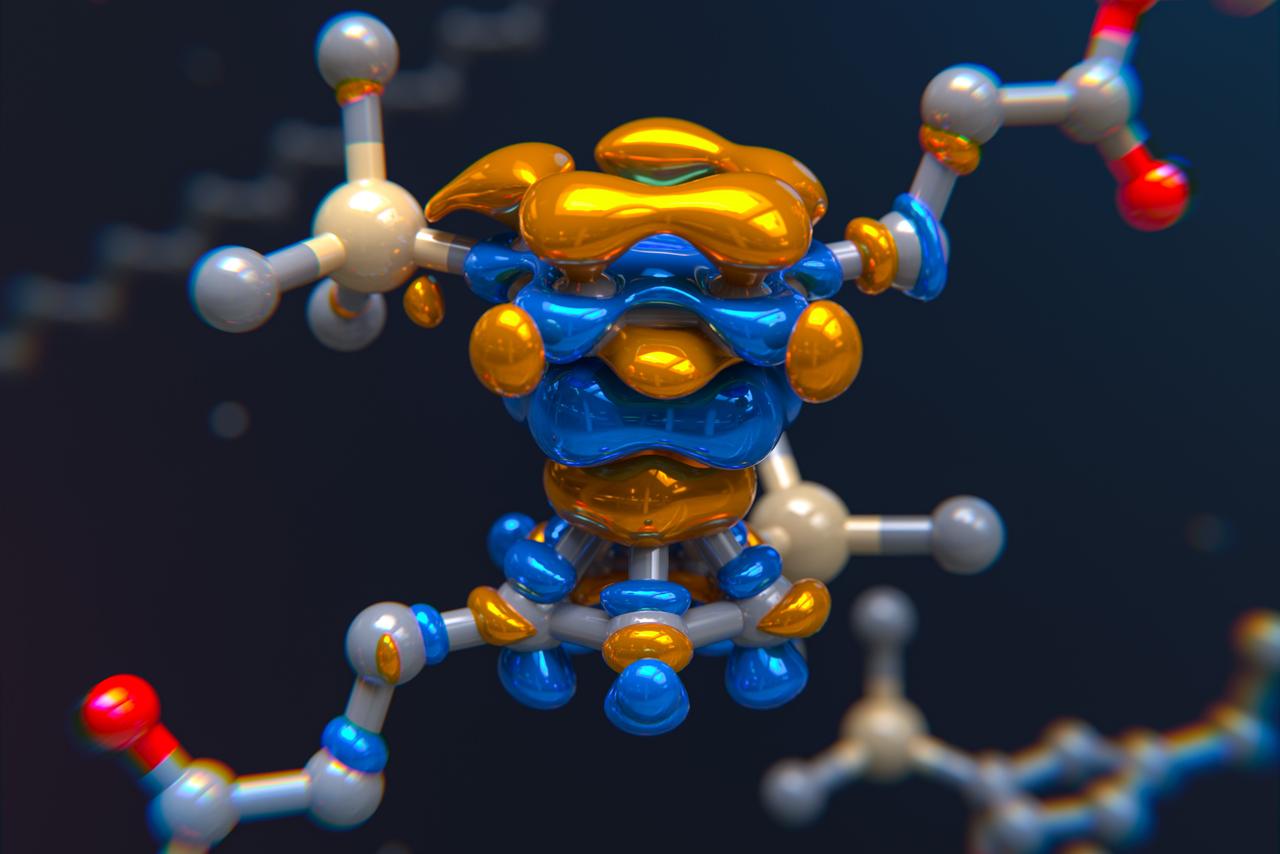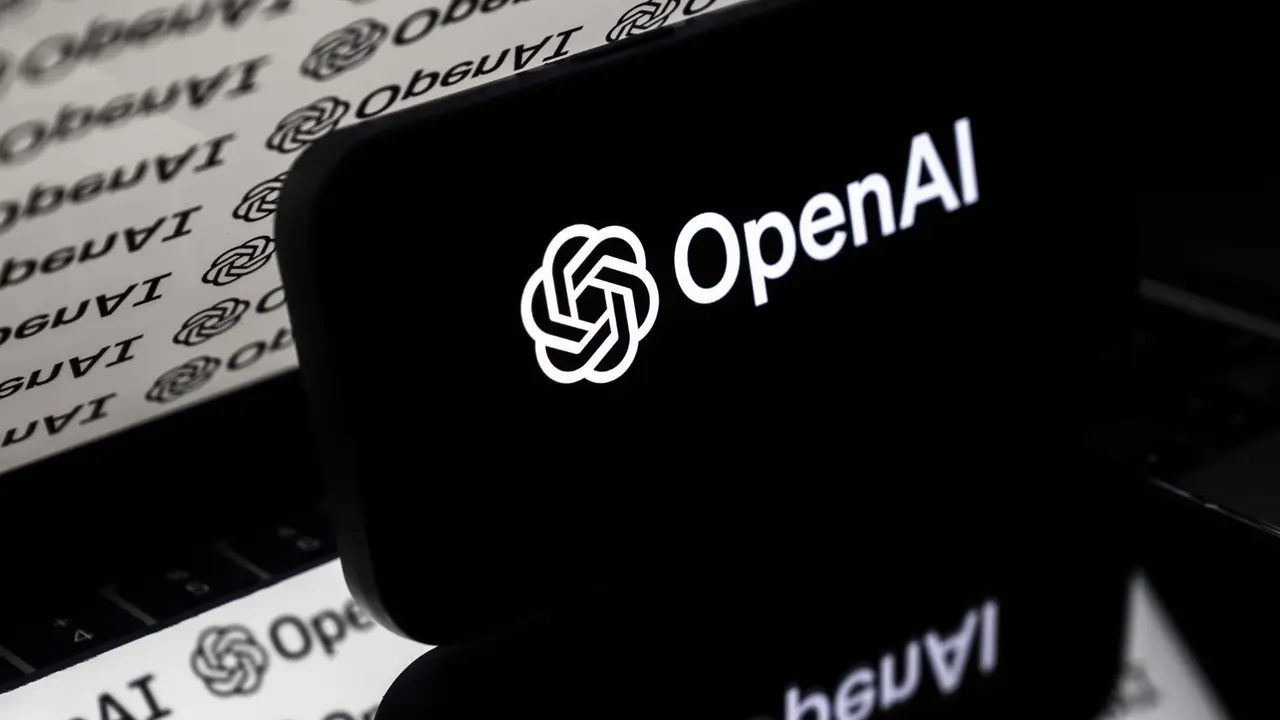Solar-Driven Photoreforming: Transforming Plastic Waste into Hydrogen Fuel and Chemicals
2 Sources
2 Sources
[1]
Solar-driven waste conversion via photoreforming could transform discarded plastic into hydrogen fuel
Researchers from Jiangsu University and Shanghai Jiao Tong University have revealed a promising solution to the global plastic waste crisis through solar-driven photoreforming. This technology not only transforms plastic waste into hydrogen fuel, but also produces valuable chemicals, according to a recent review published in Frontiers in Energy. The ever-growing accumulation of plastic waste poses a significant environmental threat, with traditional methods like landfilling and incineration often leading to the loss of valuable carbon resources. Photoreforming technology emerges as a sustainable alternative, offering a method to recycle plastics into renewable energy and chemical feedstocks. The review highlights advancements in photocatalyst design and reaction thermodynamics/kinetics involved in the photoreforming process. It specifically addresses how common plastic types can be degraded into hydrogen and fine chemicals via photoreforming. The study underscores the potential of solar-driven photoreforming to contribute to renewable energy production and plastic waste valorization. The researchers conducted a comprehensive review of recent studies on photoreforming, focusing on the design of photocatalysts and the thermodynamics of the conversion process. The review also examines the role of artificial intelligence in optimizing catalyst design. While still in the laboratory phase, photoreforming technology faces scalability challenges in catalyst performance but holds significant promise for industrial applications. It could revolutionize the recycling industry by providing a green solution to plastic waste management and simultaneously generating clean energy. This approach could inform future policies and encourage further research into scalable applications. The research paves the way for future exploration into integrating artificial intelligence and photoreforming technology for enhanced catalyst performance.
[2]
Solar-Driven Plastic Waste Conversion: A Mini-Review on Photoreforming for Co-Producing Hydrogen and Chemical Feedstocks | Newswise
Newswise -- Researchers from Jiangsu University and Shanghai Jiao Tong University have revealed a promising solution to the global plastic waste crisis through solar-driven photoreforming. This innovative technology not only transforms plastic waste into hydrogen fuel but also produces valuable chemicals, according to a recent review published in Frontiers in Energy. The ever-growing accumulation of plastic waste poses a significant environmental threat, with traditional methods like landfilling and incineration often leading to the loss of valuable carbon resources. Photoreforming technology emerges as a sustainable alternative, offering a method to recycle plastics into renewable energy and chemical feedstocks. The review highlights advancements in photocatalyst design and reaction thermodynamics/kinetics involved in the photoreforming process. It specifically addresses how common plastic types can be degraded into hydrogen and fine chemicals via photoreforming. The study underscores the potential of solar-driven photoreforming to contribute to renewable energy production and plastic waste valorization. The researchers conducted a comprehensive review of recent studies on photoreforming, focusing on the design of photocatalysts and the thermodynamics of the conversion process. The review also examines the role of artificial intelligence in optimizing catalyst design. While still in the laboratory phase, photoreforming technology faces scalability challenges in catalyst performance but holds significant promise for industrial applications. It could revolutionize the recycling industry by providing a green solution to plastic waste management and simultaneously generating clean energy. This approach could inform future policies and encourage further research into scalable applications. This study was supported by the Jiangsu Distinguished Professor Project and the Jiangsu University Foundation. For a more detailed understanding, the full paper is available in Frontiers in Energy: https://journal.hep.com.cn/fie/EN/10.1007/s11708-025-1022-4. The research paves the way for future exploration into integrating artificial intelligence and photoreforming technology for enhanced catalyst performance.
Share
Share
Copy Link
Researchers from Chinese universities have developed a promising solar-driven photoreforming technology that converts plastic waste into hydrogen fuel and valuable chemicals, offering a sustainable solution to the global plastic waste crisis.
Innovative Solution to Plastic Waste Crisis
Researchers from Jiangsu University and Shanghai Jiao Tong University have unveiled a groundbreaking approach to address the global plastic waste problem through solar-driven photoreforming technology. This innovative method not only converts plastic waste into hydrogen fuel but also produces valuable chemicals, as detailed in a recent review published in Frontiers in Energy .
The Environmental Challenge

Source: Tech Xplore
The accumulation of plastic waste poses a significant threat to the environment, with traditional disposal methods like landfilling and incineration resulting in the loss of valuable carbon resources. Photoreforming technology emerges as a sustainable alternative, offering a method to recycle plastics into renewable energy and chemical feedstocks
2
.Advancements in Photoreforming Technology
The review highlights key advancements in the field of photoreforming:
- Photocatalyst Design: Researchers have made significant progress in developing efficient photocatalysts for the conversion process.
- Reaction Thermodynamics and Kinetics: The study delves into the fundamental aspects of the photoreforming process, providing insights into optimizing reaction conditions.
- Plastic Degradation: The research addresses how common plastic types can be effectively degraded into hydrogen and fine chemicals through photoreforming.
Artificial Intelligence Integration
An intriguing aspect of the study is the examination of artificial intelligence's role in optimizing catalyst design. This integration of AI with photoreforming technology shows promise for enhancing catalyst performance in future applications .
Challenges and Future Prospects
While the technology demonstrates significant potential, it currently faces scalability challenges, particularly in catalyst performance. However, the researchers believe that photoreforming could revolutionize the recycling industry by providing a green solution to plastic waste management while simultaneously generating clean energy
2
.Related Stories
Implications for Policy and Research
The findings of this study could have far-reaching implications:
- Informing Future Policies: The research may influence policy decisions related to plastic waste management and renewable energy production.
- Encouraging Further Research: The promising results are likely to spur additional studies into scalable applications of photoreforming technology.
Research Support and Publication
This groundbreaking study was supported by the Jiangsu Distinguished Professor Project and the Jiangsu University Foundation. The full paper, providing a more detailed understanding of the technology and its potential, is available in Frontiers in Energy .
References
Summarized by
Navi
[1]
Related Stories
AI and Advanced Technologies Pave the Way for Improved Plastic Recycling
19 Jul 2025•Science and Research

AI-Powered Discovery of Mechanophores Paves Way for Stronger, More Durable Plastics
05 Aug 2025•Science and Research

AI-Driven 'Polybot' Revolutionizes Electronic Polymer Discovery at Argonne National Laboratory
19 Feb 2025•Science and Research

Recent Highlights
1
AI Chatbots Sway Voters More Effectively Than Traditional Political Ads, New Studies Reveal
Science and Research

2
Google AI glasses set to launch in 2026 with Gemini and Android XR across multiple partners
Technology

3
EU Launches Antitrust Probe Into Google's AI Training Practices and Content Usage
Policy and Regulation




